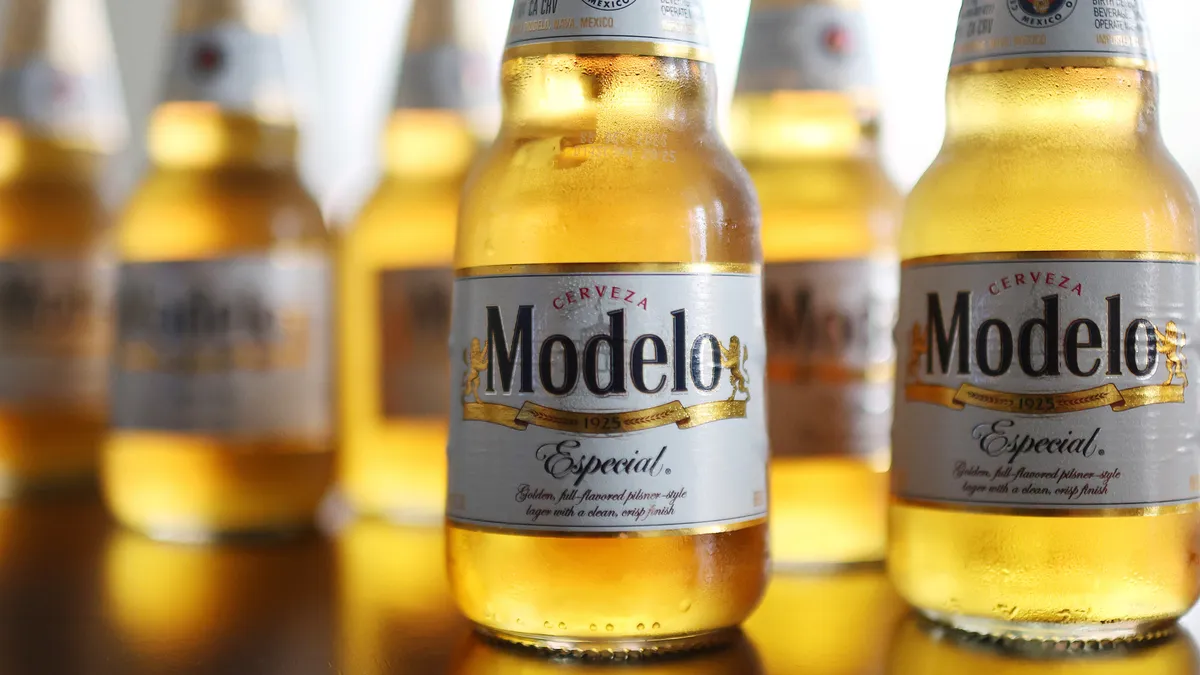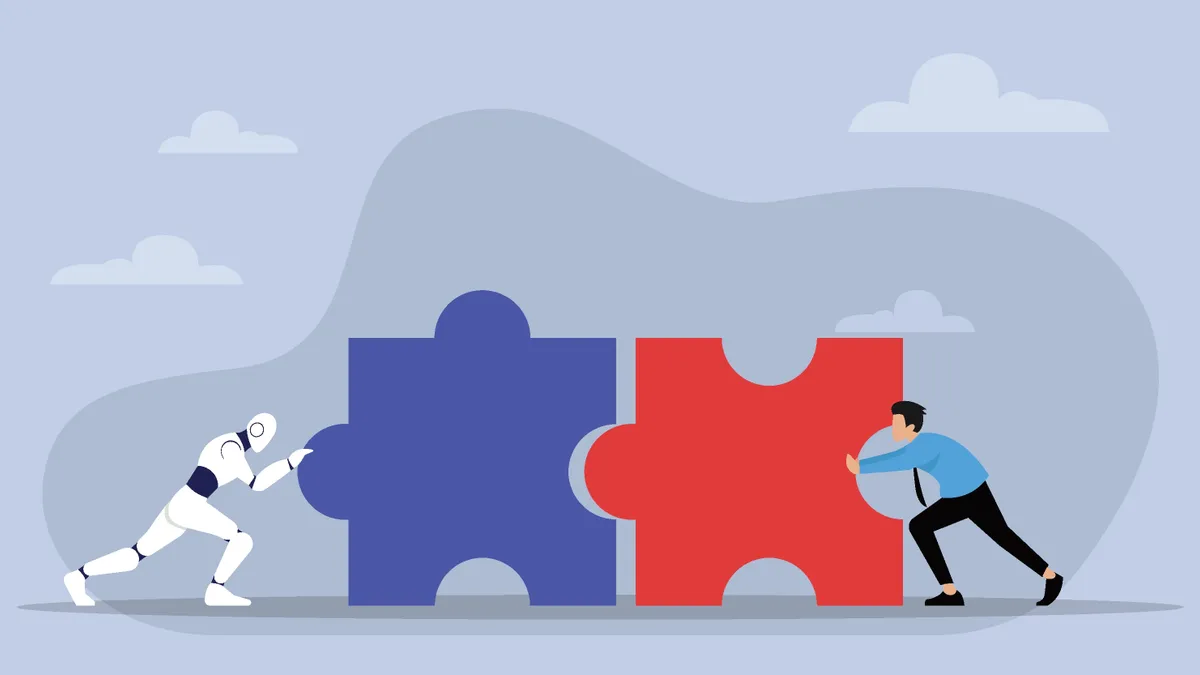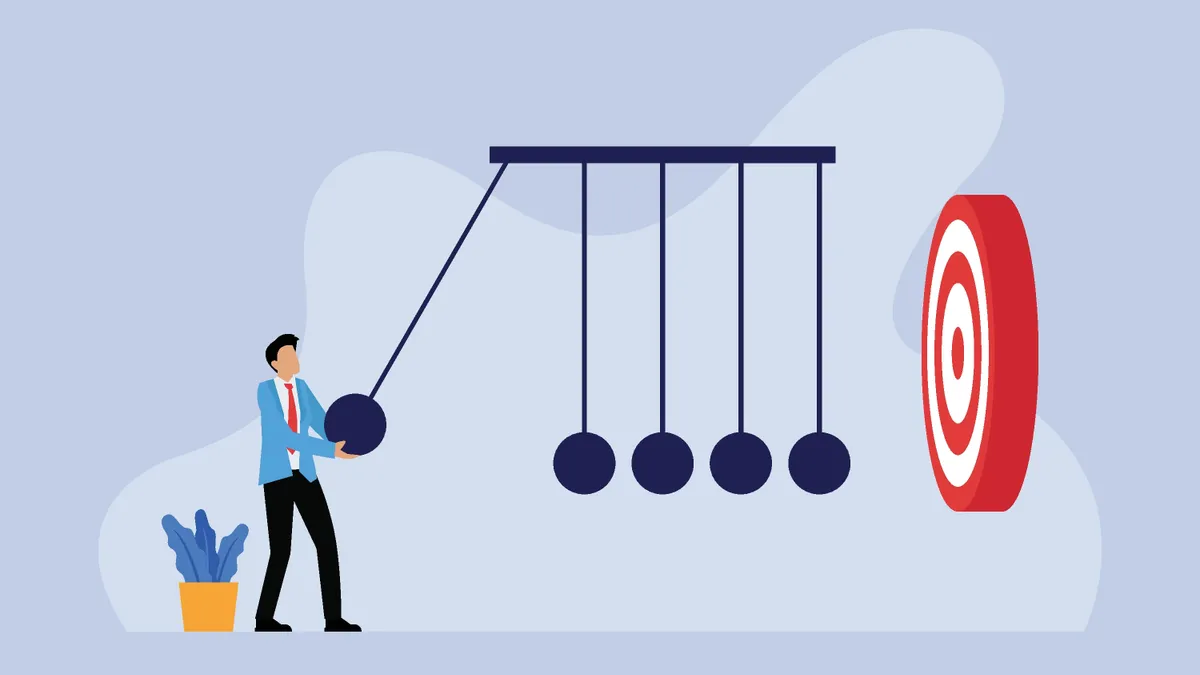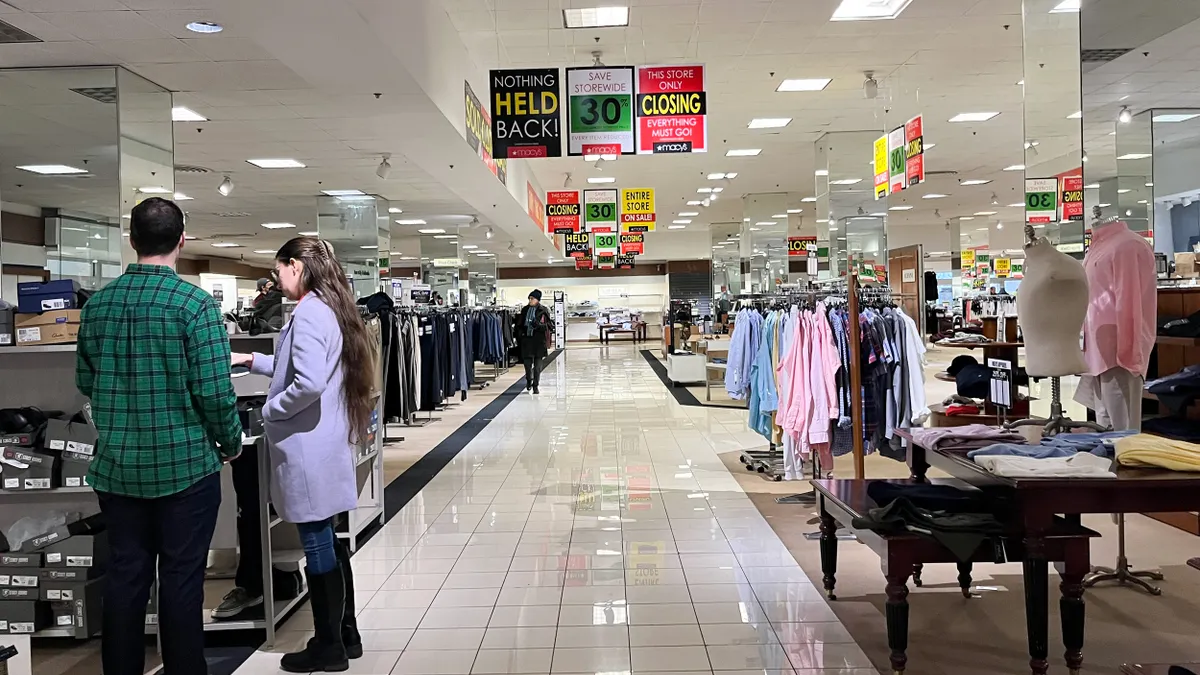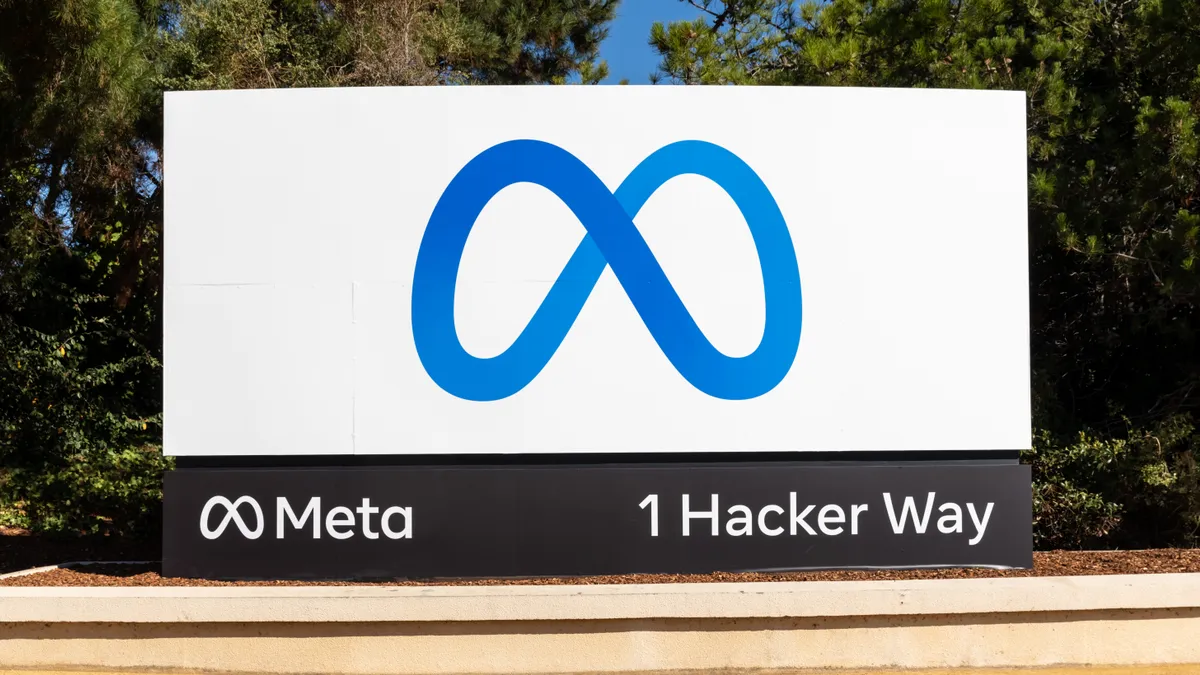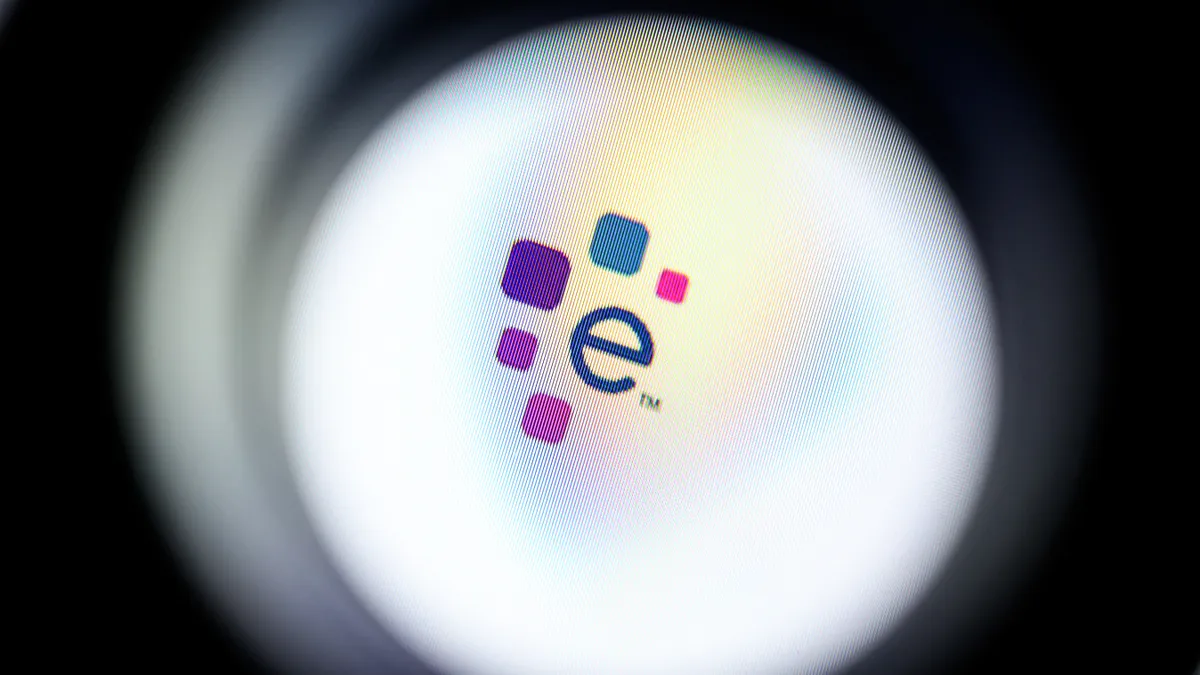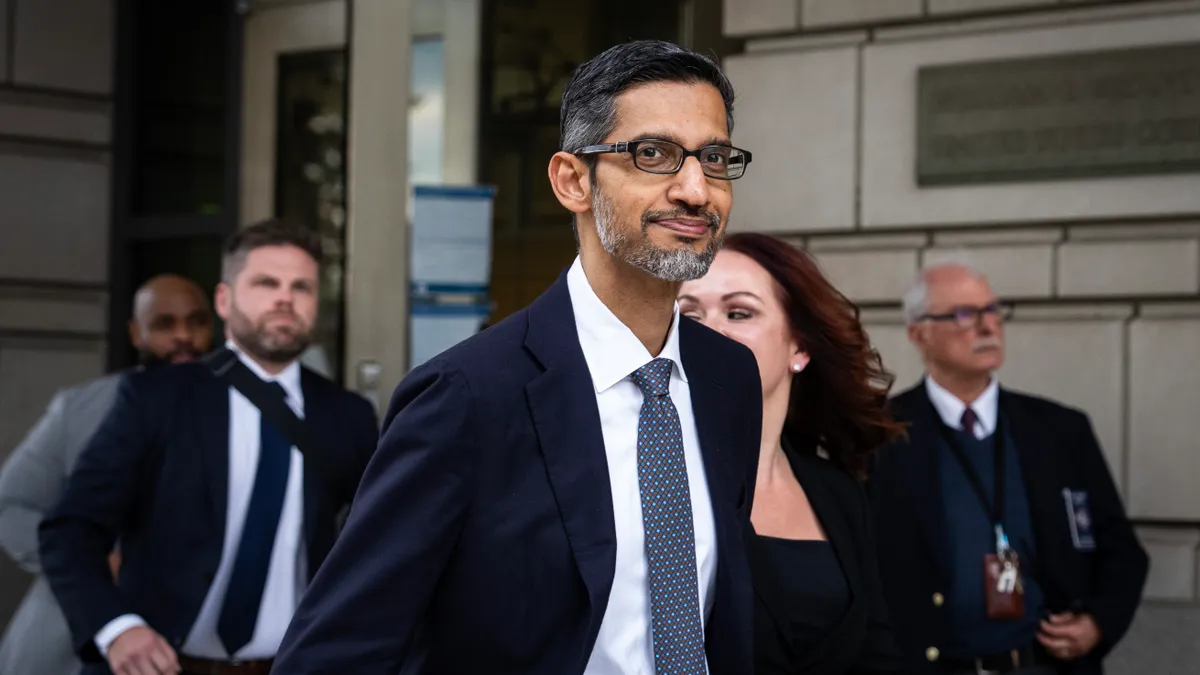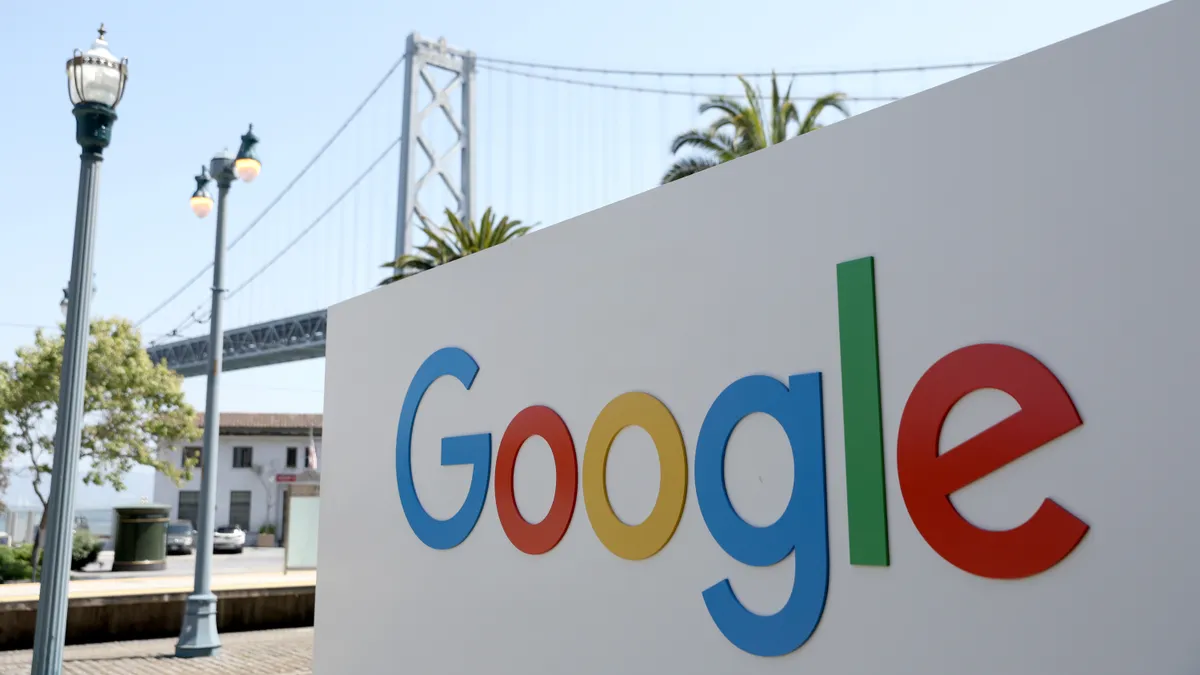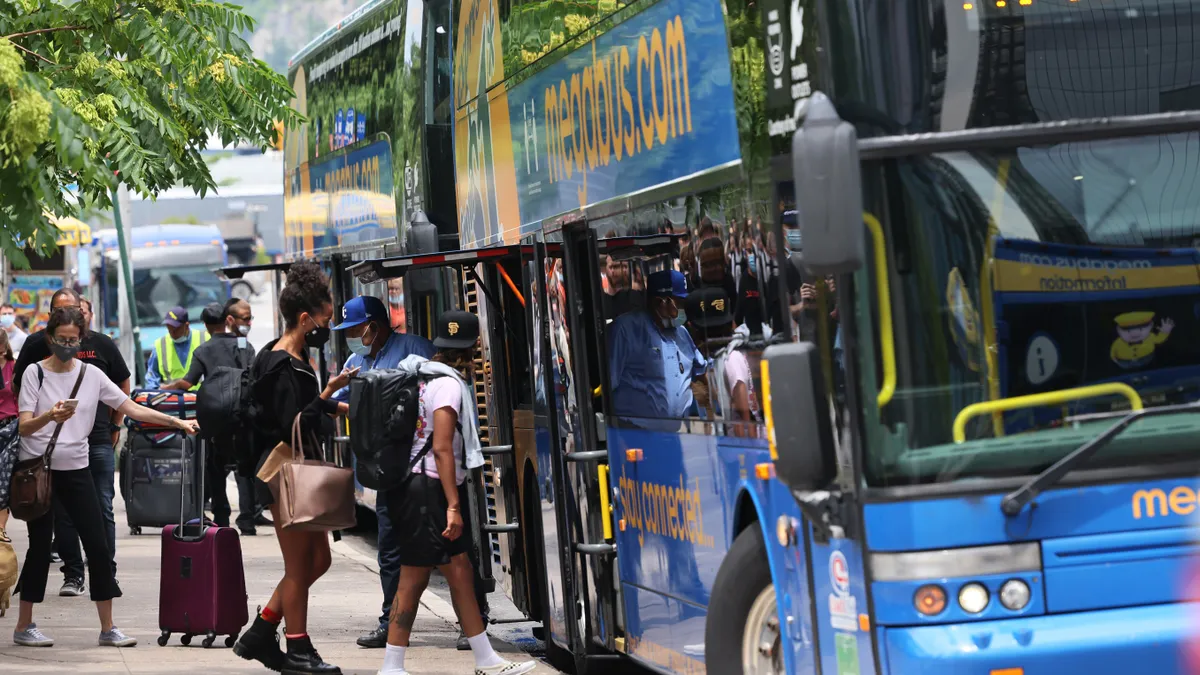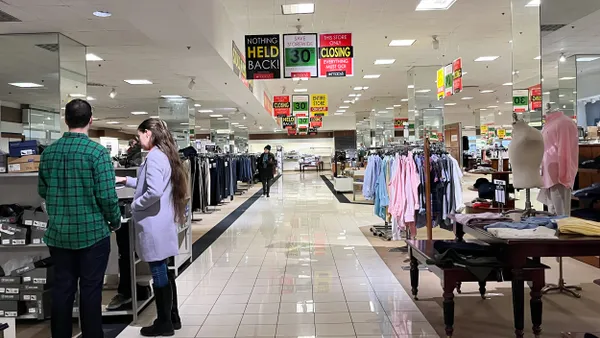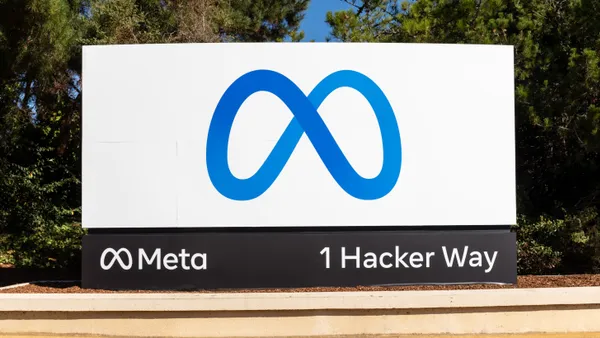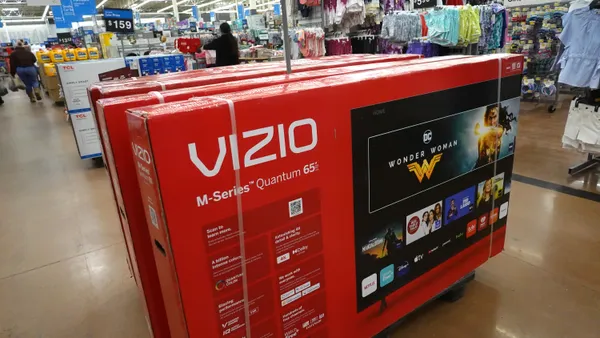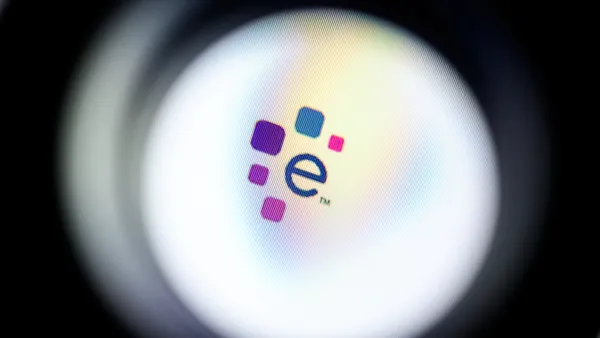For the first time in over two decades, Bud Light recently lost its title as the best-selling beer in America. Amid ongoing controversy and conservative backlash from a partnership with TikTok personality Dylan Mulvaney, the fall from the top isn’t that surprising. However, the new king of beer in America isn’t a comparable product, such as competitor Molson Coors’ Miller Lite. Instead, the brand to finally unseat the reigning champ was Mexican lager Modelo Especial, owned in the U.S. by Constellation Brands.
For the four-week timeframe ending the week of June 10, Bud Light’s dollar share of the beer category dropped to 7.2%. During the same period, Modelo saw its dollar share surge to 8.4%, with the brand's year-to-date (YTD) share hovering at 8%. On a YTD basis, Bud Light remains the number one beer in America with an 8.9% dollar share of the beer category.
While these numbers reflect the trouble Bud Light is in, they also tell the story of Modelo and how slow brand building can pay off. The Mexican lager has been growing at a steady rate and is yielding the results of this climb, according to Dave Williams, vice president of analytics and insights at Bump Williams Consulting.
“It's not really lighting the world on fire in terms of performance,” Williams said. “It's not way above average in terms of performance, but it has always been in recent memory, a steady growth engine, a catalyst-type brand for the beer category.”
The data, which was measured by NielsenIQ, looked at off-premise sales only. The analysis provided by Bump Williams looked at volume and sales trends over a year period, a four week period and one week period.
Flat beer
Bud Light’s dollar market share slip isn’t surprising, given the heavy backlash regarding the beer’s brief partnership with Mulvaney. Plus, the botched response from parent company Anheuser-Busch InBev, which has spent months in crisis management mode, hasn’t helped.
Despite the less than stellar dollar performance for Bud Light, it is still the number one beer in the country in terms of volume, commanding an 8.7% share for the four week period. However, that is still much lower than the brand’s YTD average of 10.7%. Modelo’s four-week volume share stood at 7.1%, up from the YTD average of 6.7%.
While controversy played a part in Modelo taking the top spot from Bud Light, it also accelerated the inevitable, according to Williams. Modelo, which is controlled by Constellation Brands in the U.S. and AB InBev globally, has been focused on building up a solid consumer base and has seen consistent year-over-year gains.
“They do have strong brand loyalty among Hispanic consumers, but I think they also have the ability to reach non-Hispanic drinkers,” said Williams. “The wider a net you can cast in terms of finding potential consumers or potential drinkers for your product, the better chance you have at growth,” said Williams. “It's either get more people drinking, get them drinking more frequently, or get them drinking more or purchasing more per occasion.”
The long game
Modelo’s broad appeal may also be why Bud Light was unseated by a lager, rather than by another light beer. Light beer is a crowded and fractured category, with many major competitors vying for a piece of the pie. Light beer drinkers haven’t gone away, they just have a lot of choices.
“Bud Light may be ceding some sales on some occasions, to some degree, those are being absorbed by Coors Light, Miller Lite... similar price, similar style, similarly widely available... So I think there is some trading of occasions there,” said Williams. “I don't think there's a fallout in terms of affinity for the style.”
For the single week ending June 10, brands such as Miller Lite and Coors Light saw even larger dollar share gains compared to the YTD average than Modelo did. While Modelo had a 5.7% increase, Miller Lite saw a 21.1% jump while Coors Light saw a 25.4% gain. Yet Model still wound up on top, supporting the idea that Modelo’s success is based on a long-term ramp up.
Modelo has put time and effort into building a core consumer base loyal to its product while not facing as much direct competition at the top like there is for Bud Light. Recent marketing experiments supporting this strategy include a co-branded vending machine with Takis. The consumer who kept their hand on the machine the longest won it as a gift, along with gift cards for a year’s supply of Modelo and Takis. In March, the beer brand launched a campaign with Grey New York known as “Mark of a Fighter” meant to capture brand spirit, along with celebrating those from various walks of life.
“I think [change at the top] has more to do with the Modelo side of things, the growing consumer base for that particular brand, or the way that that brand is finding new occasions and new consumers as it continues its expansion,” said Williams.
None of this means Bud Light won’t be able to eventually recover. The Bump Williams analysis acknowledges the unlikely scenario that Modelo will remain the top beer in the country even if the current trends continue, given the tremendous volume advantage Bud Light has. Additionally, being the top beer in the U.S. over two decades will play to the AB InBev brand’s advantage. Bud Light has been a cornerstone of the American beer industry, and key players have a vested interest in ensuring it recovers, according to Williams.
The brand itself is relying, at least in part, on marketing to help it move forward. AB InBev is putting marketing muscle behind Bud Light, including by expanding its “Easy to Drink, Easy to Enjoy” platform, which is being supported this summer by the brand’s largest media spend to date. A 60-second spot is heavy with traditional, all-American summer imagery including coolers on blacktop, fridges full of Bud Light and limes, awkward tan lines and a host of comical party fouls. In addition, Anheuser-Busch launched a campaign, “That’s Who We Are,” that features some of the real people involved at all steps of the beer-making process.
Wholesalers, especially those with strong ties to AB InBev, will be especially invested in moving beyond the current situation.
“The [wholesalers] that do see a bulk of their sales come from a brand like Bud Light, they're struggling right now. They're paying the price for this, from the reps all the way up to ownership,” said Williams.



